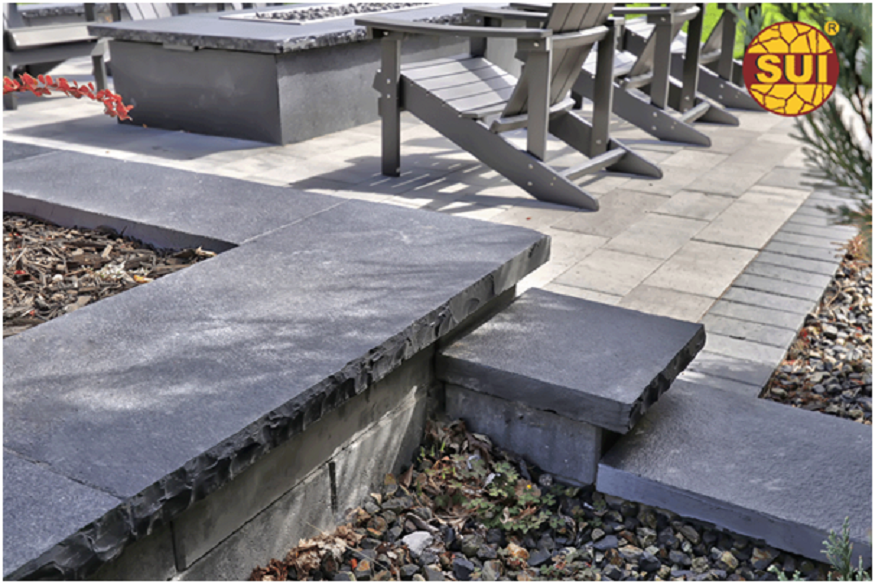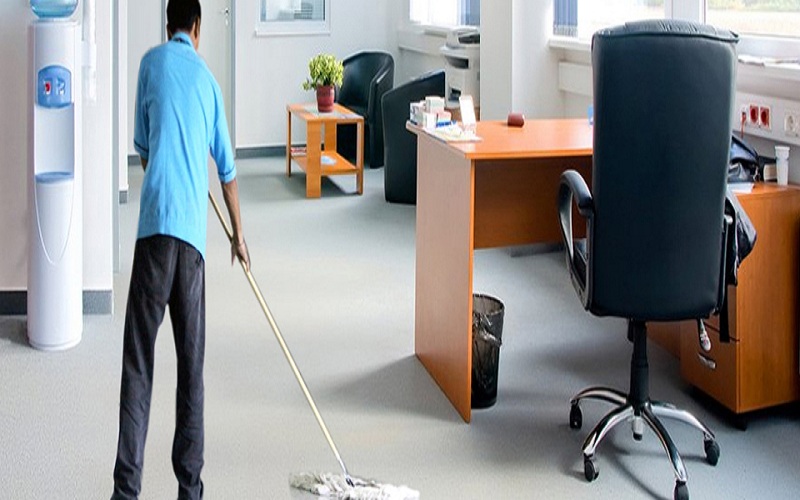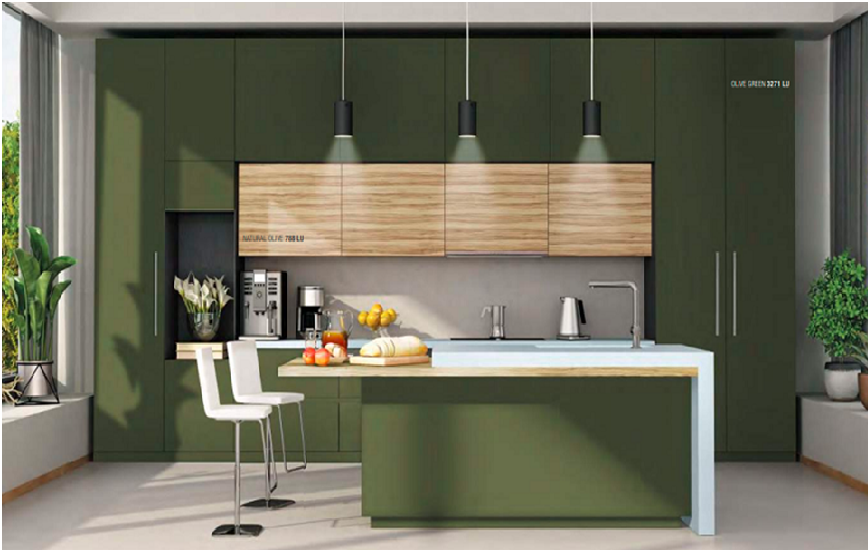The wall cap may appear to be a little part of your home’s ventilation system, but it is essential to both safety and efficiency. Your ventilation ducts for kitchen range hood as well as laundry dryer and bathroom fan need exterior wall caps for their terminal points. Choosing the correct wall cap ensures proper ventilation together with draft prevention and pest control and exterior home aesthetics maintenance. These eight essential guidelines enable you to choose the perfect Wall Cap that fulfills your needs and guarantees proper ventilation system operation with attractive home exterior design. Your house will benefit from better air quality and your ventilation components will stay protected with the use of an appropriate wall cap.
1.Understand Your Ventilation Needs
You must understand your specific ventilation needs thoroughly for selecting a wall cap. Every ventilation appliance requires its unique airflow volume because bathroom exhaust fans need different amounts than kitchen range hoods and clothes dryers. Your wall cap must have a cubic feet per minute (CFM) rating equivalent to or greater than the current ventilation system to prevent airflow restriction. The amount of expelled moisture or particles and the usage frequency need to be considered when making your selection. Bathroom and laundry spaces would perform better with wall caps including additional protective elements whereas kitchen exhausts should have wall caps which deliver enough airflow for managing cooking fumes effectively.
2.Select the Right Size
Selecting the right wall cap size is essential to guaranteeing adequate ventilation. An too tiny wall cap will impede airflow, straining your exhaust system and perhaps leading to overheating or early engine and component failure. On the other hand, an enormous hat could not fit the outside of your house. Carefully measure the diameter of your current ducts; 4-, 6-, and 8-inch ducts are typical household sizes. For best results, the wall cap must perfectly match this. If you’re switching out an old cap for a different model, don’t forget to factor in any adapters or transitions that may be required. The longevity of your complete ventilation system is increased and optimum efficiency is guaranteed with proper sizing.
3.Consider the Material Quality
Wall cap longevity depends heavily on material selection because it faces unlimited weather conditions. Stainless steel together with powder-coated galvanized steel and sturdy UV-resistant polymers represent the three major materials for building high-quality wall caps which resist corrosion. Plastic wall caps with thin construction should be avoided as they tend to crack under sun and temperature exposure. Marine-grade materials provide better protection for places with harsh weather or coastal areas with salty air. Longer service life and fewer replacements are two benefits of the original investment in high-quality materials. Keep in mind that the weight of the cap is also influenced by the material, which may have an impact on the wall support and installation requirements.
4.Evaluate the Damper System
Perhaps a wall cap’s most important functional component is a well-designed damper system. The damper prohibits rats and birds from building nests in your ductwork, keeps cold air out of your house, and avoids backdrafts. When not in use, look for wall caps with gravity-operated or spring-loaded dampers that provide a tight seal. For further protection, some high-end versions include many damper blades. Make that the damper mechanism has enough tension to shut correctly without obstructing outgoing airflow and that it runs smoothly without sticking. Although magnetic dampers have great sealing capabilities, be sure your exhaust fan can’t handle them. By halting heat loss in the winter, a high-quality damper system dramatically increases energy efficiency.
5.Check Weather Resistance Features
The ability of wall caps to withstand different weather conditions should be a primary consideration when choosing them, as they are continuously exposed to the elements. Seek out versions with weather protection features like integrated storm collars, deep hoods that keep rain out, and protective screens that keep debris out without obstructing airflow. Weather shields, a feature of certain sophisticated wall tops, keep water out of the aperture while preserving enough ventilation. To avoid snow obstruction in regions that receive a lot of snowfall, think about installing caps higher on the wall or ones with extension tubes. Superior sealing against wind-driven rain is offered by caps with rubber gaskets. Regardless of the weather, these weather-resistant characteristics keep your ventilation system and the interior of your house safe from moisture damage and continue to operate consistently.
6.Look for Insulation Properties
A wall cap with adequate insulation has major advantages for system performance and energy efficiency. Caps with enough insulation reduce heat transmission between interior and outdoor air, which lowers heating and cooling expenses all year round. Seek out wall caps that are compatible with insulated ducting or that have insulation incorporated right into them. Better thermal efficiency results when manufacturers build their products with a double-wall design featuring an inner and outer layer separated by an air space or insulation foam. Heat loss protection happens through the implementation of insulated dampers. Proper duct insulation protects your energy consumption while preventing condensation from damaging the ducts by causing mold formation or water damage. The insulation installed in the exhaust stream ensures cold conditions do not cause water to freeze ensuring continued operation of your ventilation system during harsh winter conditions.
7.Consider Noise Reduction
A high-quality wall cap makes a big difference in maintaining a calm and quiet house. Inadequately constructed caps may produce rattling sounds while dampers are in operation or whistling sounds when wind blows over them. Seek out wall caps with features that reduce noise, such as rubber gaskets that keep metal from metal, dampers that close softly without slamming, and aerodynamic designs that reduce air turbulence. Certain high-end versions have baffles or materials that absorb sound to lessen the transmission of noise. According to tests, well-designed wall covers can cut down on outdoor noise penetration by as much as 50%. This noise reduction function is especially crucial for exhaust vents in bedrooms or living rooms, as well as in places with strong winds where shoddy design would cause continuous disruptions.
8.Factor in Aesthetic Appeal
Although utility is still crucial, since your wall cap is constantly visible on the outside of your house, its aesthetic value shouldn’t be undervalued. In order to match different siding materials and architectural styles, several manufacturers now provide wall caps in a variety of finishes and colors. A functional requirement may be turned into an architectural feature with beautiful covers, while low-profile versions fit in better with the façade of your house. Think about the cap’s appearance from various distances and angles. Certain versions may be painted to precisely match your external color. There are specialist wall caps made to satisfy certain aesthetic standards for properties that are old or located in areas with stringent architectural regulations. Your ventilation system will operate efficiently without taking away from the curb appeal of your house if you can strike the correct balance between performance and look.
Conclusion
A number of elements need to be carefully considered when choosing a Slab Stone Supplier, such as compatibility with different sizes, material quality, damper efficiency, weather durability, insulating qualities, noise reduction features, and aesthetic appeal. By carefully weighing each of these factors against your unique requirements, you can select a wall cap that will safeguard your house and ventilation system for many years to come.




